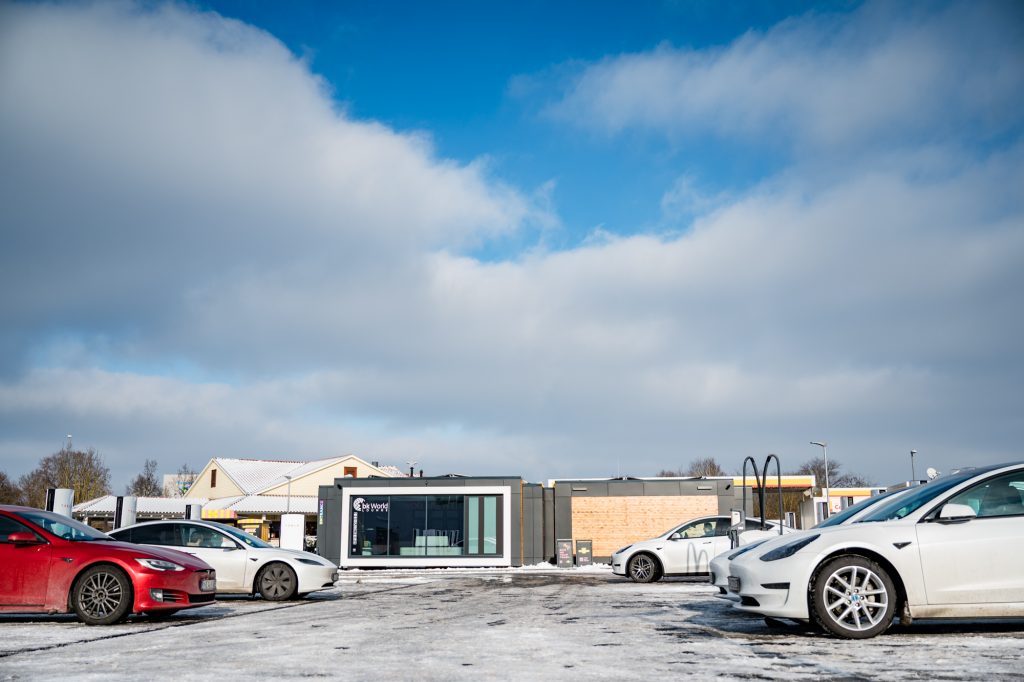The petrol pump at the filling station fits into any standard car, but what about the plugs for electric cars? There is often confusion among laypeople about which plug types exist, when which type is used and which plug you need for your own car.

Even though there is a wide variety of plug types on the market, the type 2 plug has established itself as the standard in Europe. This connection is installed in the vast majority of car brands such as Audi, BMW, VW, Peugeot or Tesla and a corresponding cable for charging at public charging points is supplied.
However, there are also cars with CHAdeMO plugs, the Japanese equivalent of the type 2 plug. However, these are becoming increasingly rare and this connection is no longer installed in new European cars.
Commercially available wallboxes for the home are also equipped with a type 2 plug. This means that you can get from A to B safely and without charging anxiety in everyday life. But what does it actually look like on long journeys?
On the way to a holiday, to an important business meeting or when visiting family: sometimes you need to cover longer distances, so the range of a single charge is not enough. And now charging with 11 kW like at a public charging station? That would take ages!
The fast-charging stations near motorways and junctions are designed to supply the arriving cars with electricity as quickly as possible. The CCS plug is also predominantly found at these. CCS stands for Combined Charging System and is a further development of the type 2 plug.
Equipped with two additional contact pins, this connection enables significantly faster charging with up to 360 kW. However, whether this can be fully utilised depends on the car model. This extended connection significantly reduces the charging time and 20 – 30 minutes are usually sufficient to get from one fast charging station to the next.
And this time passes all the more quickly if you can spend it in comfortable lounges such as bk World. The time can also be put to good use, for example in the soundproofed offices for phone calls or working on a laptop. The video game console also provides plenty of entertainment for younger guests.
But what do I do if my car only has a type 2 plug? Can I then only ever charge with a maximum of 11 kW? Fortunately not: thanks to special adapters, any type 2 plug can charge at a CCS charging station in no time at all.
No e-car driver needs to despair here either: in the rare cases in which the range is no longer sufficient to reach the wallbox at home or the nearest public charging station, many manufacturers supply an extra cable with which you can simply charge at a household socket. This takes considerably longer than with 11 kW, but you only have to cover the distance to the next charging point.